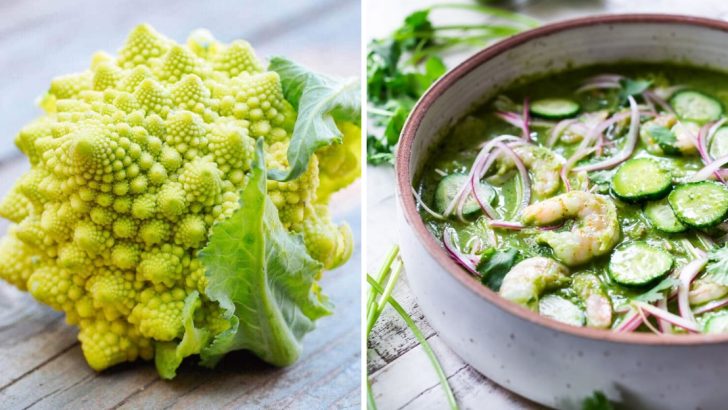Hidden in markets and tucked away on specialty menus are ingredients waiting to surprise even the most adventurous eaters. Some boast ancient origins and powerful health benefits, while others simply offer unforgettable flavors you won’t find in everyday fare.
From vibrant tropical fruits to rare grains and curious spices, these discoveries can spark a whole new love of cooking. Here are 15 little-known foods that deserve a spot on your must-try list.
1. Dragon Fruit
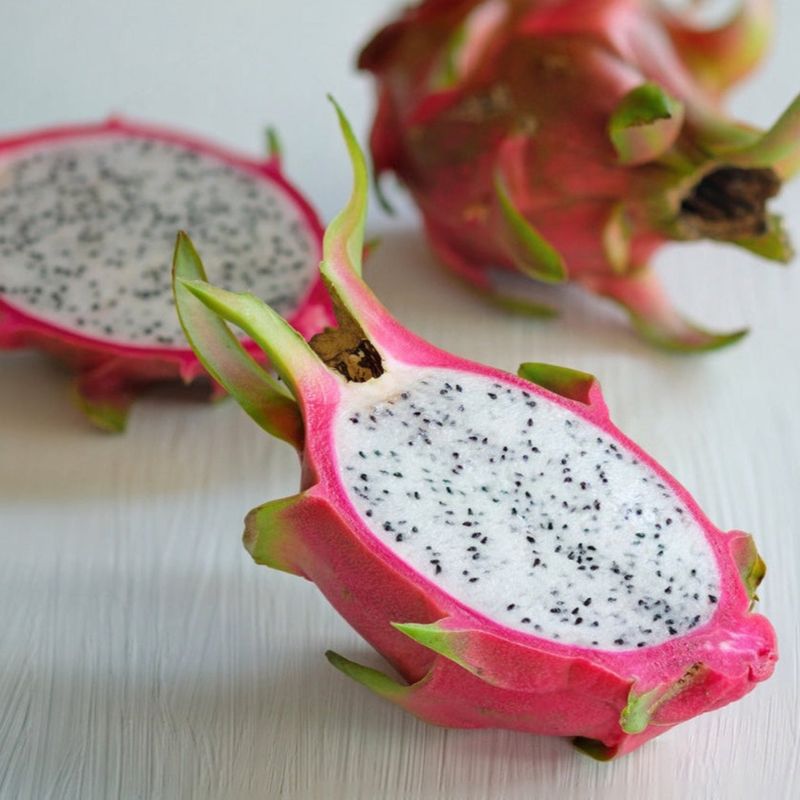
Slice open this hot-pink, scale-covered oddity and you’ll find what looks like cookies-and-cream ice cream inside! Native to Central America but now grown across Southeast Asia, dragon fruit delivers a subtly sweet flavor somewhere between kiwi and pear.
The tiny black seeds add a satisfying crunch similar to kiwi seeds. Most varieties have white flesh, but some showcase a shocking magenta interior that will turn your smoothies into Instagram-worthy creations.
2. Ackee
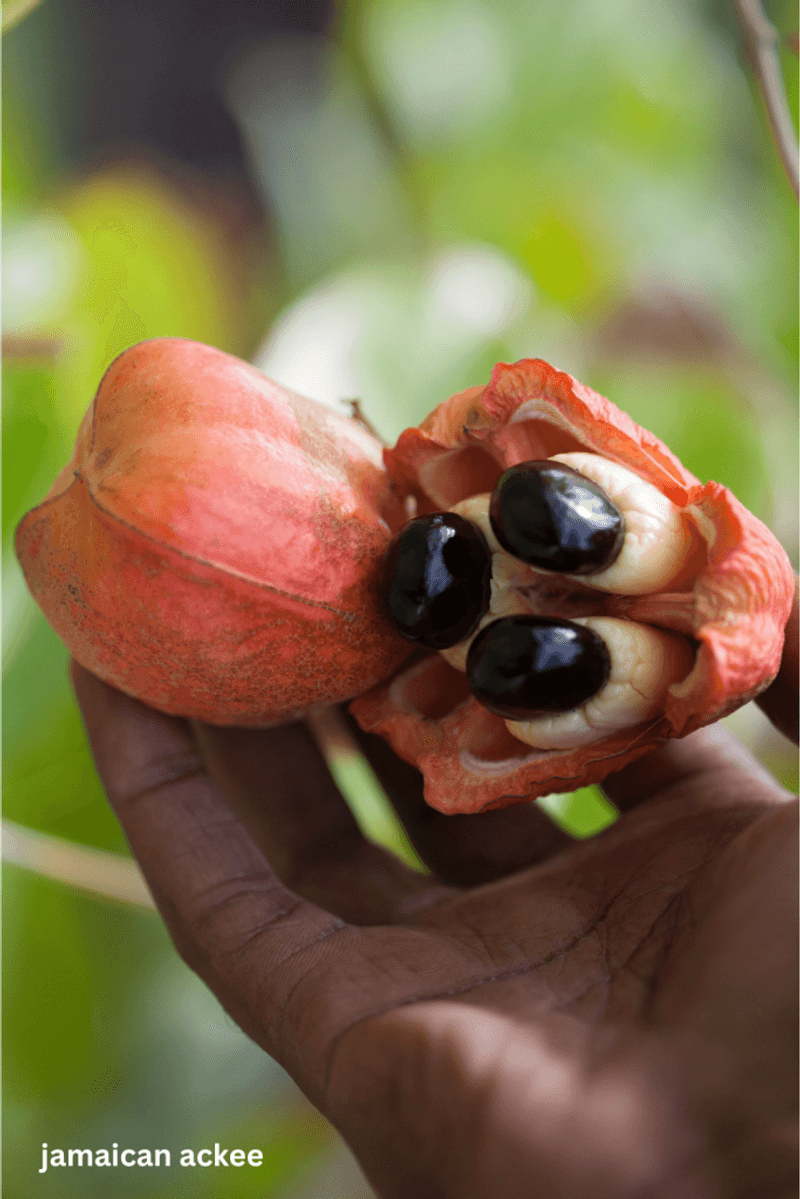
Banned from entering the US until 2000, ackee is Jamaica’s national fruit with a bizarre split personality. When unripe, it’s deadly poisonous. But perfectly ripened? Culinary gold that scrambles like eggs!
The fruit naturally splits open when ready to eat, revealing glossy black seeds nestled in creamy yellow flesh. Its buttery texture and mild flavor have made ackee and saltfish Jamaica’s beloved breakfast dish for centuries.
3. Romanesco
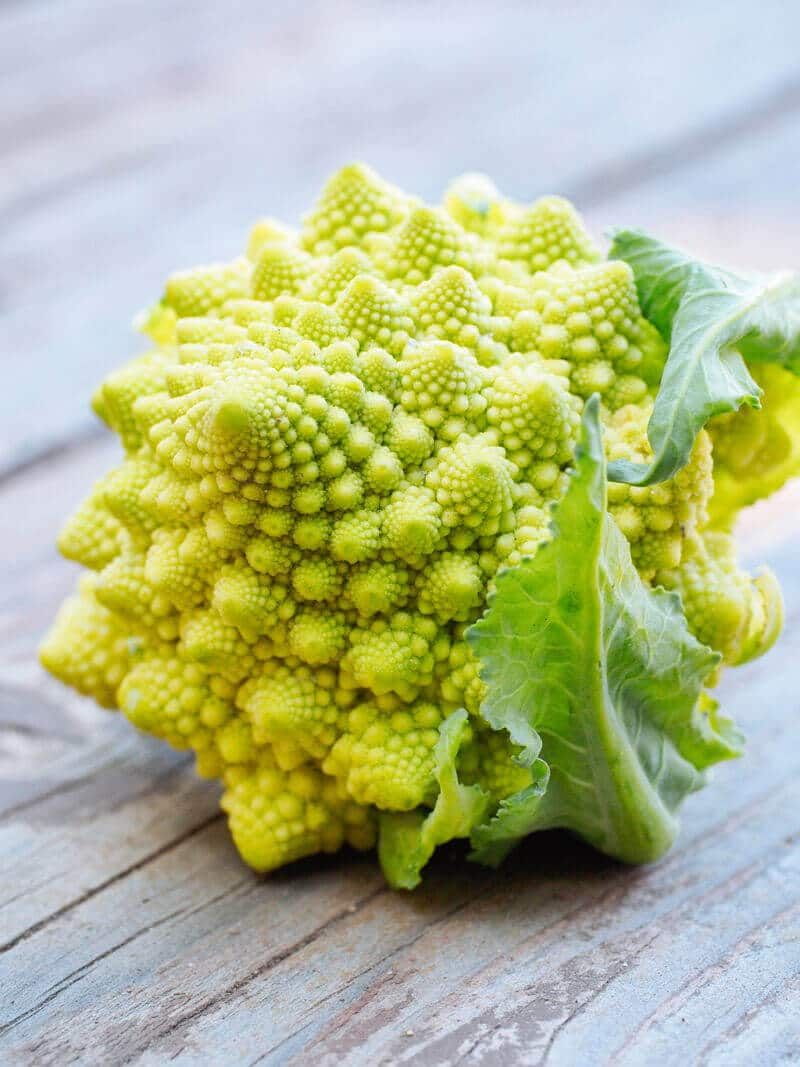
Math nerds, rejoice! This lime-green vegetable is literally mathematics you can eat. Romanesco’s mesmerizing spiral pattern follows the Fibonacci sequence—each floret a perfect miniature of the whole head. Mind = blown.
Taste-wise, imagine broccoli and cauliflower had a sophisticated Italian baby with a delicate, nutty flavor. The texture stays pleasantly crunchy even after cooking, making it perfect for roasting or quick stir-fries.
4. Salak
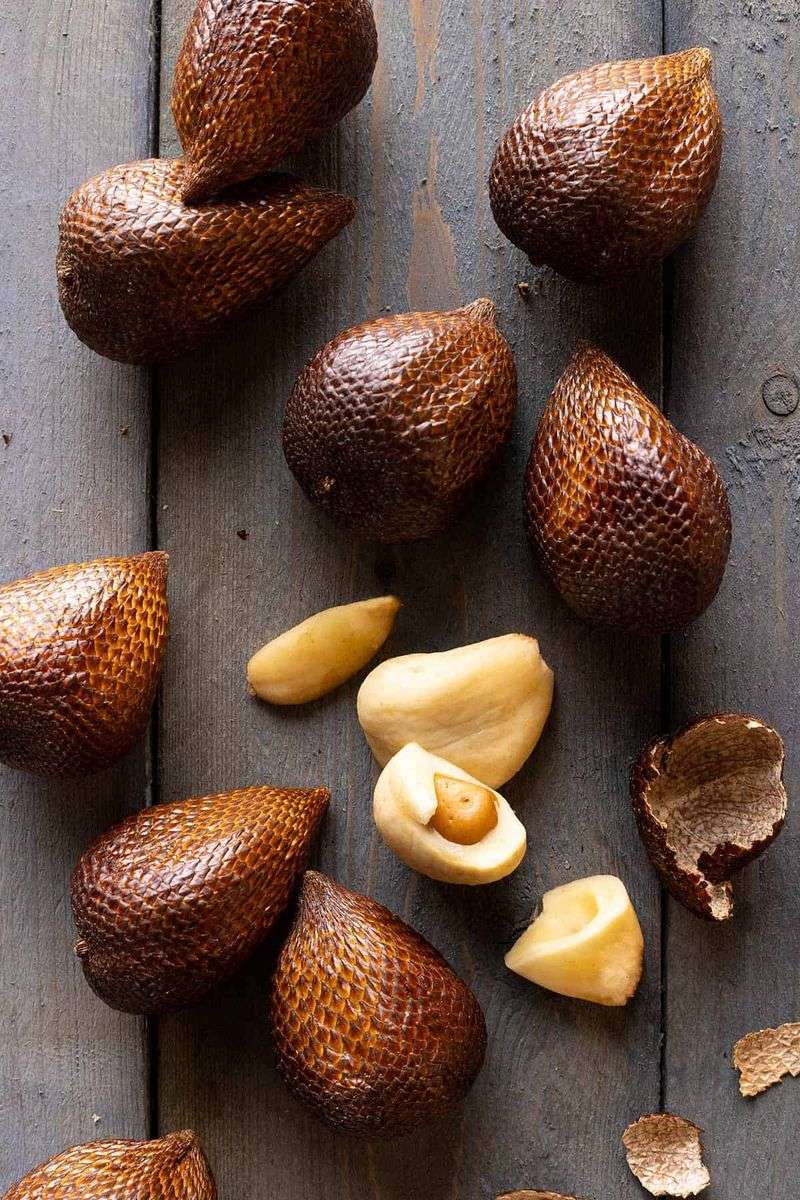
First impressions? Absolutely terrifying. Salak’s reddish-brown scaly skin feels exactly like touching a snake—hence the nickname “snake fruit.” Crack open that reptilian exterior, though, and you’ll discover three pearly white segments that taste like a pineapple-apple hybrid with honey notes.
Native to Indonesia, this palm fruit has a crisp, crunchy texture that transitions to creamy as you chew. The contrast between its intimidating exterior and sweet interior makes for an unforgettable snacking experience.
5. Kohlrabi

Looking like Sputnik with leaves sprouting from it, kohlrabi might be the strangest vegetable in your farmer’s market. This bulbous stem (not a root!) comes in gorgeous purple or pale green varieties and tastes like the lovechild of cabbage and broccoli stems with a hint of radish spiciness.
Don’t be intimidated by its sci-fi appearance! Peel off the tough outer layer to reveal crisp, juicy flesh perfect for slaws, stir-fries, or eating raw with dip. The leaves are bonus greens—cook them like kale.
6. Fufu
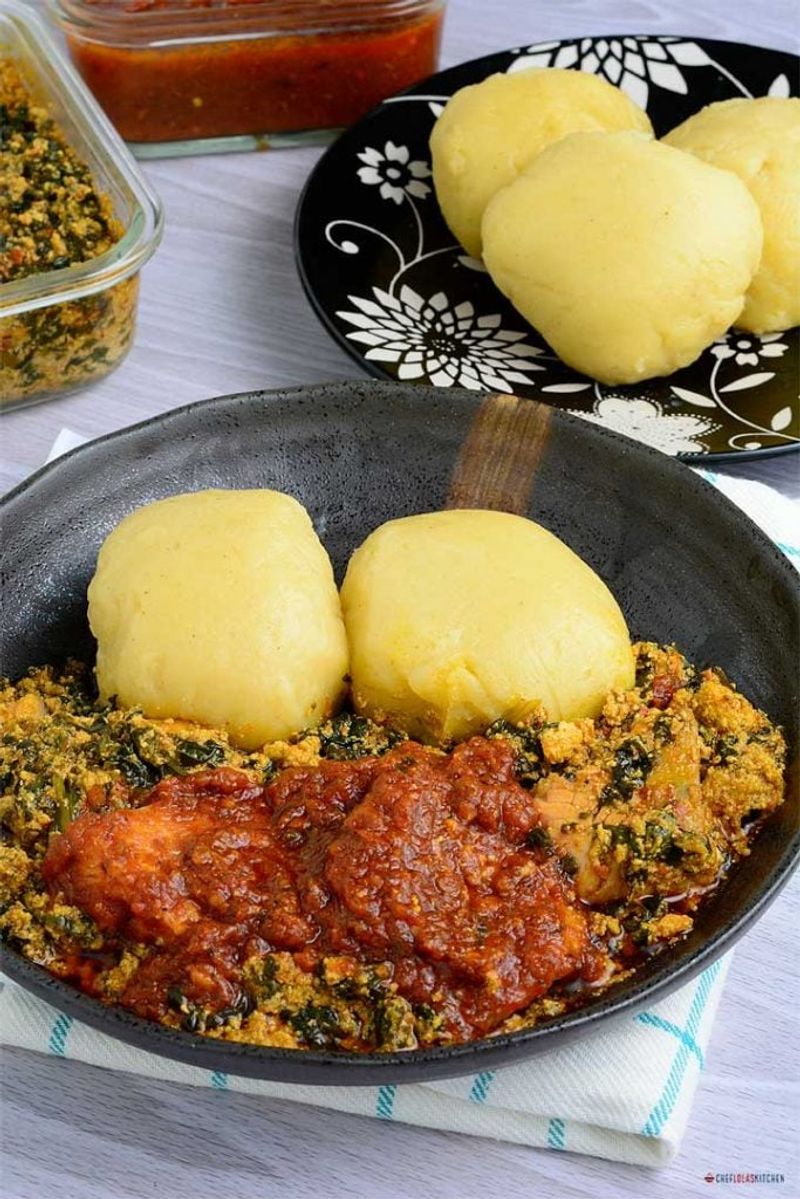
Imagine mashed potatoes with supernatural elasticity—that’s fufu for you! This West African staple creates an interactive dining experience where you tear off a piece, form a small indentation with your fingers, and use it to scoop up flavorful stews and sauces.
Traditionally made by pounding boiled cassava or plantains in a mortar and pestle until they reach a stretchy, dough-like consistency. Modern versions use flour mixes for convenience. The neutral flavor serves as the perfect canvas for bold, spicy African soups.
7. White Carrot
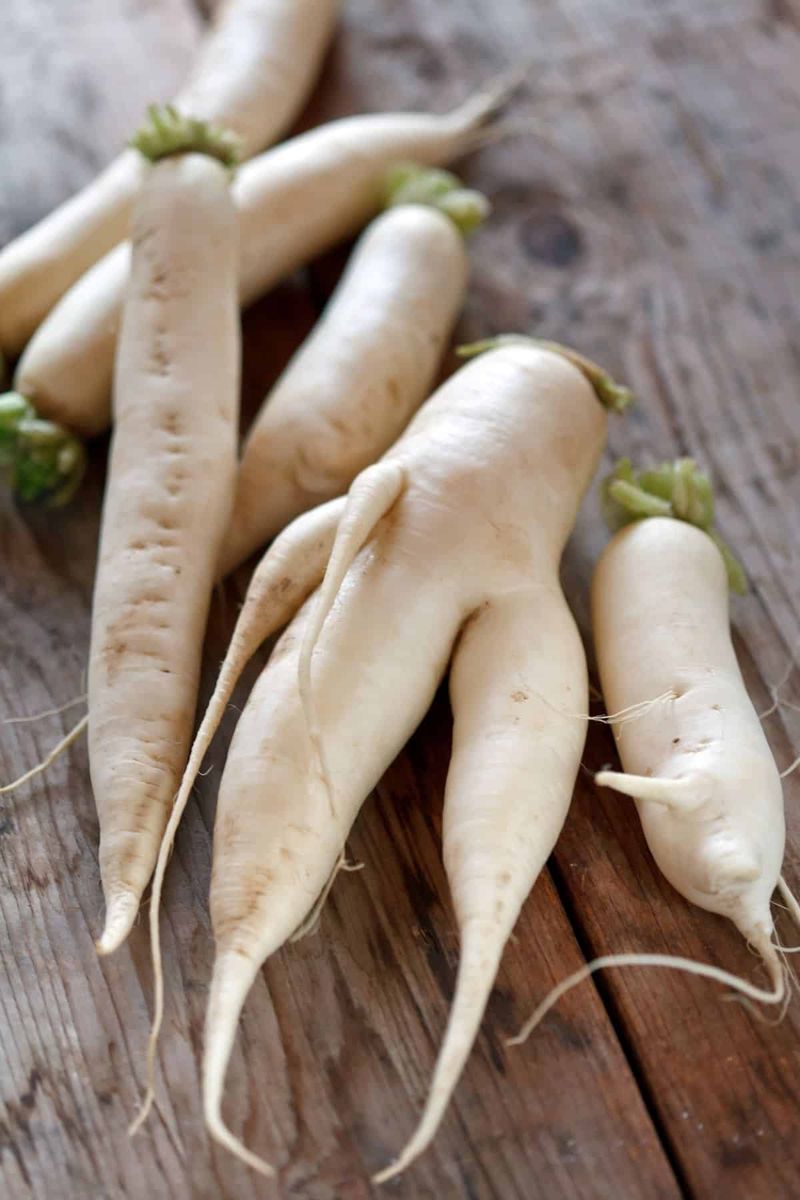
Forget everything you thought you knew about carrots! These albino cousins of your standard orange variety look like they’ve seen a ghost—pale, creamy-white, and surprisingly elegant on a plate.
Flavor-wise, white carrots deliver a distinctly different experience: milder, less earthy, and sometimes sweeter than their colorful counterparts. Their delicate taste makes them perfect for fine dining presentations or eating raw when you want subtle flavor without overwhelming a dish.
8. Waakye
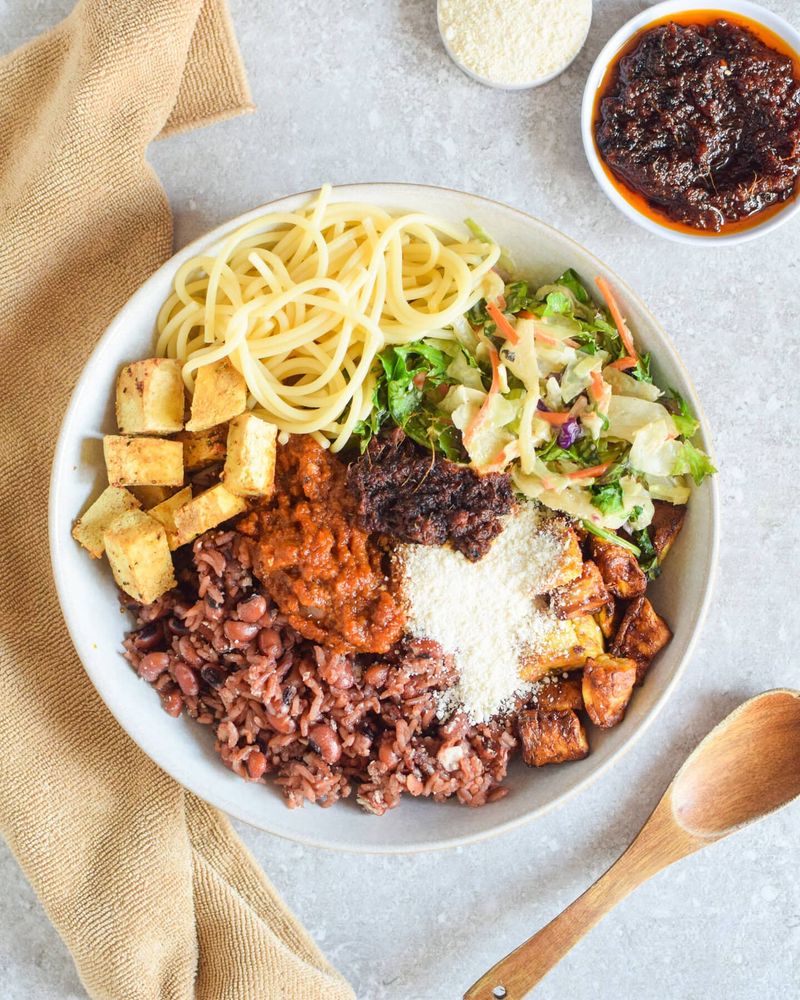
Red beans and rice get a magnificent makeover in this Ghanaian breakfast powerhouse! Waakye (pronounced ‘waa-chay’) transforms ordinary ingredients into an extraordinary feast using a secret weapon—dried sorghum leaves that give the dish its signature reddish-brown color.
More than just beans and rice, proper waakye comes loaded with a dream team of sides: spaghetti, fried plantains, boiled eggs, spicy pepper sauce, and garlic-tomato stew. Street vendors wrap it in banana leaves, creating steam pockets that infuse every grain with earthy flavor.
9. Golden Needle Mushrooms
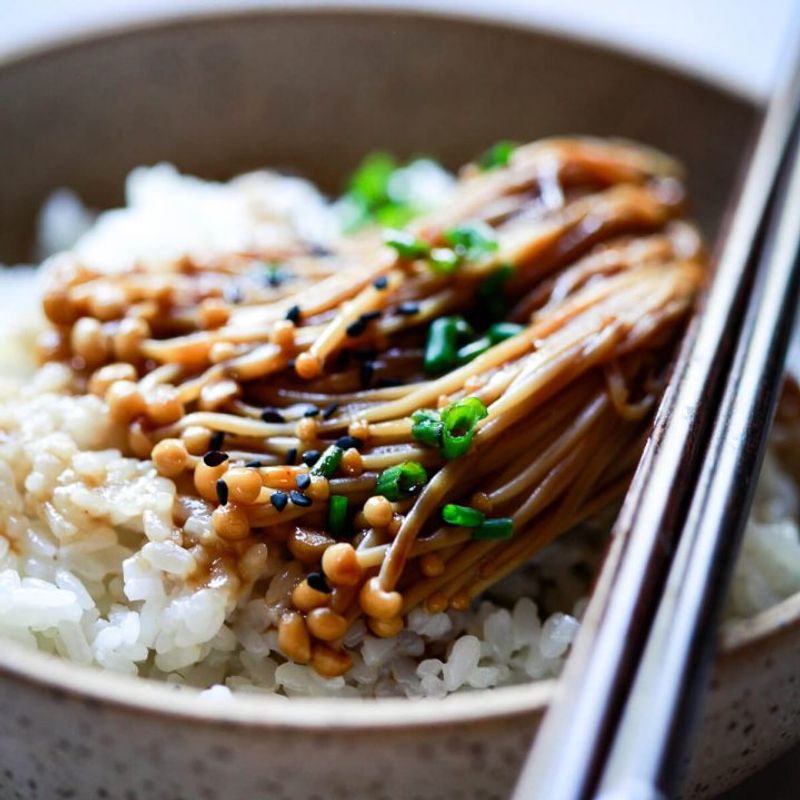
Skinny as toothpicks with tiny caps like pinheads, these delicate mushrooms might look unimpressive at first glance. Don’t be fooled! Also called enoki, these pale, straw-colored fungi pack an incredible textural punch that transforms soups, stir-fries, and hot pots.
Unlike most mushrooms that soften when cooked, golden needles maintain a satisfying crunch even after simmering in broth. Their mild, slightly fruity flavor absorbs surrounding seasonings while adding subtle earthiness to dishes.
10. Peking Duck

Forget everything you think you know about crispy skin—Peking duck takes it to another dimension! Dating back to China’s imperial era, this legendary dish transforms duck into a crackling amber masterpiece through a complex four-day process.
The magic happens when air is pumped between skin and meat, then the duck is brushed with maltose syrup and hung to dry. After roasting, the skin achieves glass-like crispness that shatters like caramel. Served tableside with theatrical carving, the skin is wrapped in paper-thin pancakes with cucumber, scallion, and sweet bean sauce.
11. Lefse

Grandmothers across Norway guard their lefse recipes like national treasures! These paper-thin potato flatbreads look simple but require specialized equipment—grooved rolling pins and long wooden turning sticks that Norwegian families pass down through generations.
Made from riced potatoes mixed with butter, cream, and flour, then rolled impossibly thin and griddled until spotted with brown. The result? A soft, flexible flatbread with a subtle potato flavor that Norwegians traditionally slather with butter and sugar, then roll into tubes of pure comfort.
12. Nasi Goreng

Leftover rice transforms into morning magic in Indonesia’s national dish! Nasi goreng (literally “fried rice”) elevates yesterday’s plain rice with a flavor explosion of sweet soy sauce, chili, and shrimp paste that will forever ruin boring breakfast cereal for you.
Unlike Chinese fried rice, the Indonesian version gets its distinctive caramelized color and sweet-savory profile from kecap manis—a molasses-thick sweet soy sauce. Topped with a sunny-side-up egg whose runny yolk creates instant sauce when pierced.
13. Osso Buco

Hidden inside this humble-looking Italian stew lurks culinary treasure! Osso buco (literally “bone with a hole”) centers around cross-cut veal shanks where the prize awaits—rich, buttery bone marrow that you’ll find yourself shamelessly scooping out with a special long spoon.
Slow-braised for hours in white wine with aromatics until the meat threatens to fall apart at the mere suggestion of your fork. The collagen-rich cuts create a silky sauce that clings to each bite. Traditionally served with risotto alla milanese and topped with gremolata—a zingy mix of lemon zest, garlic, and parsley.
14. Frybread

Born from tragedy, frybread tells America’s complex history in one delicious bite. Created by Navajo people forced onto reservations with only government-issued flour, sugar, and lard, this simple dough transformed into a symbol of Indigenous adaptation and survival.
Hand-stretched into discs and fried until golden and puffy, with crisp exteriors giving way to steamy, chewy centers. Versatile enough to go sweet (honey and powdered sugar) or savory (as the base for Navajo tacos topped with beans, meat, and vegetables).
15. Aguachile
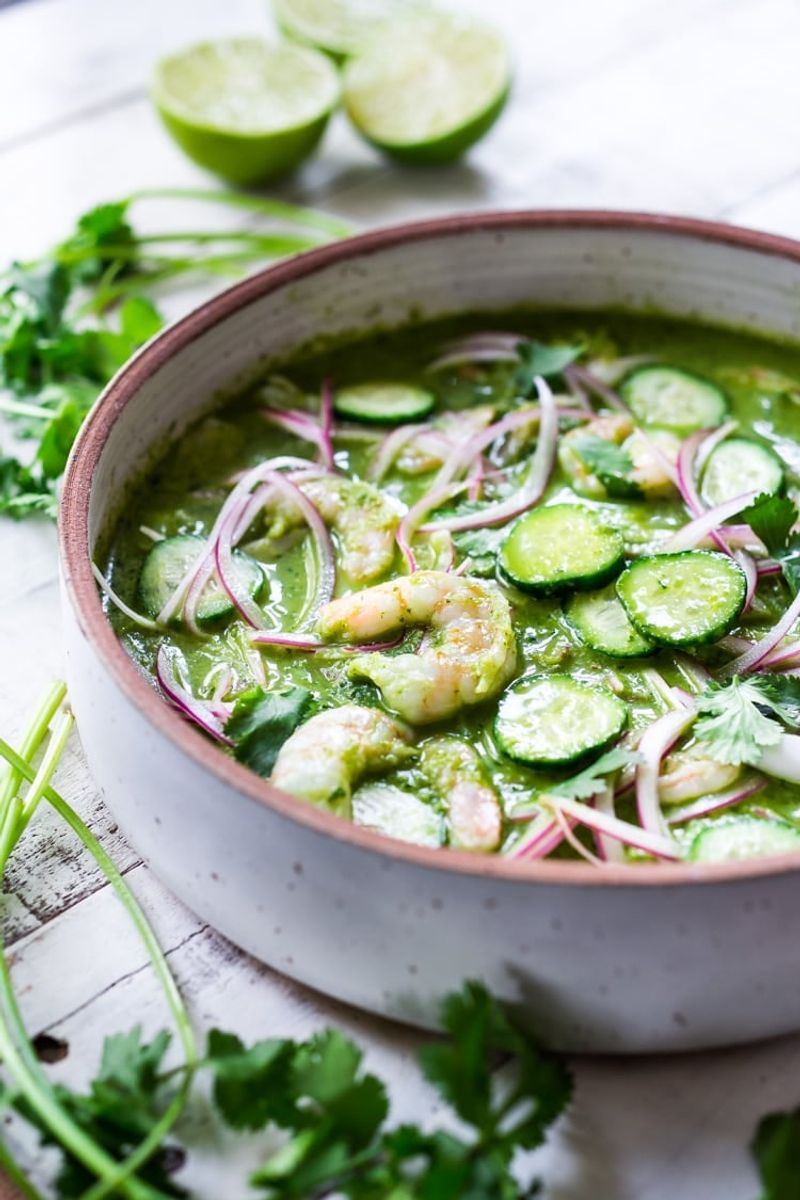
Ceviche’s wilder, spicier cousin has arrived to set your taste buds ablaze! Aguachile (literally “chile water”) takes fresh raw shrimp and subjects them to a brutal—but delicious—acid and chile marinade that “cooks” the seafood before your eyes.
Unlike ceviche’s leisurely lime bath, aguachile moves at lightning speed. Raw shrimp are butterflied, then immediately dressed with a vibrant green sauce of lime juice, serrano chiles, and cilantro. The transformation happens in minutes, not hours.

